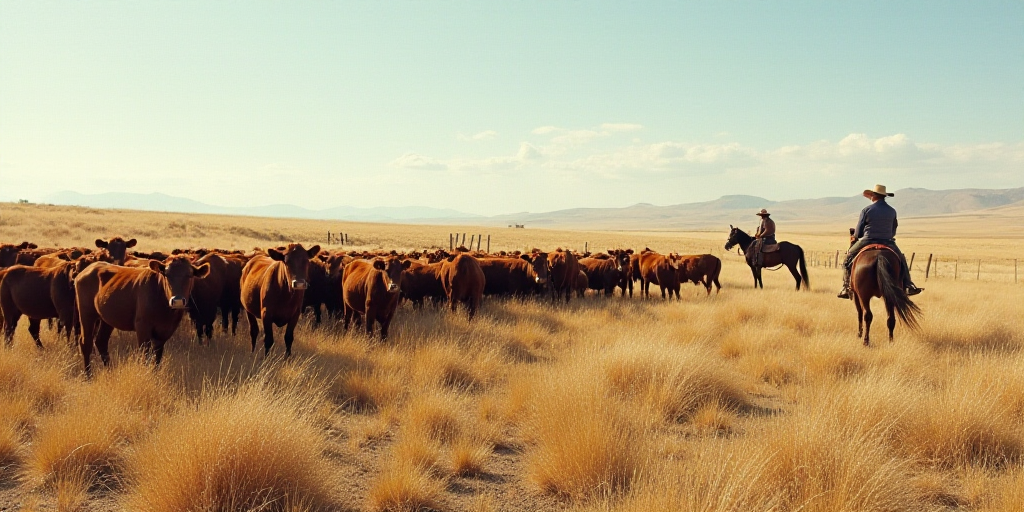Background and Context
Mexico has been grappling with a resurgence of the Gusano Barrenador Del Ganado (GBG) since 2023, with over 1,400 confirmed cases reported by May 2025 across seven southern states. This parasite, also known as the screwworm (Cochliomyia hominivorax), was once eradicated from Mexico and the United States between 1960 and 1991, following a joint eradication program costing $750 million (equivalent to $955 million in 2020).
Who is Gusano Barrenador Del Ganado?
GBG is a fly larva that feeds on the live flesh of warm-blooded animals, including cattle, goats, and other domestic or wild animals. It can also affect humans by causing myiasis. The larvae cause significant damage to animal tissues, leading to open wounds and potential death if left untreated.
Mexico’s Response and Consequences
In response to the outbreak, Mexican authorities have implemented a containment strategy. The situation has led to the temporary closure of the US-Mexico border for cattle imports for 15 days, starting May 11, 2025. This closure is estimated to cause daily losses of $11.4 million for Mexican cattle producers.
The Role of Illegal Animal Movement
Alejandro Zaldívar Gómez and his colleagues suggest that illegal animal movement contributes to the problem. They identified a 50-kilometer threshold for unusual animal displacement, indicating that movements beyond this distance are likely linked to informal or non-regulated cattle transportation rather than natural dispersal patterns.
In 2024, approximately 8,000 cattle were legally imported from Central America into Mexico. However, it is estimated that between 600,000 and 800,000 cattle entered the country illegally. This illegal movement aims to supply domestic consumption, as high-quality cattle are exported to the United States.
Key Questions and Answers
- What is Gusano Barrenador Del Ganado? It’s a parasitic fly larva that feeds on the live flesh of warm-blooded animals, causing significant damage and potential death if left untreated.
- Why is Mexico facing this outbreak now? The resurgence of GBG in Mexico since 2023 is attributed to various factors, including illegal animal movement and potential inadequate reporting of cases.
- What are the consequences for Mexican cattle producers? The temporary closure of the US border for cattle imports results in daily losses of $11.4 million for Mexican producers.
- How does illegal animal movement contribute to the problem? Informal or non-regulated cattle transportation, often exceeding a 50-kilometer threshold, is linked to the spread of GBG.
- What is the estimated economic impact? The potential reinfestation in the region could cost around $830 million, according to Senasica estimates.






